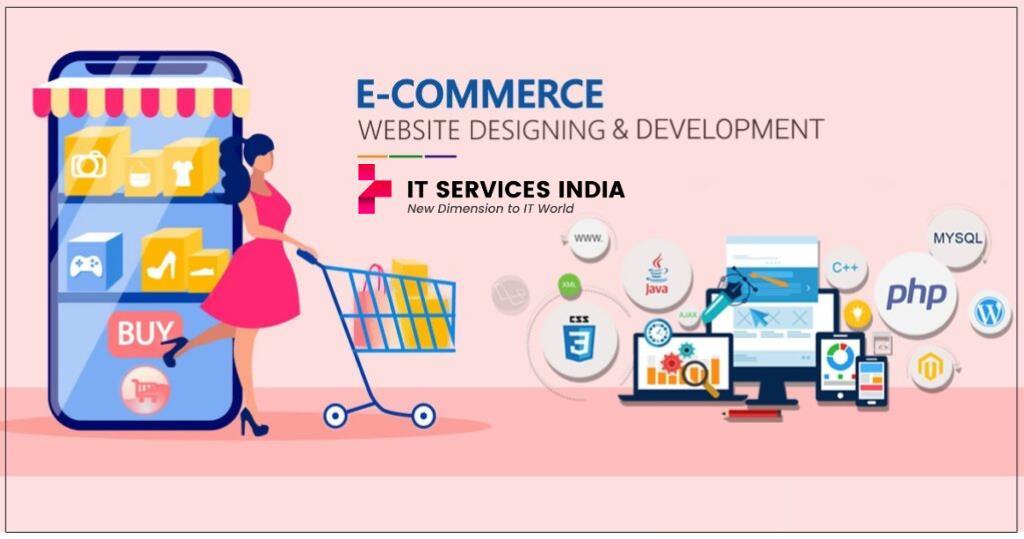1. Research and Set Goals
Conduct Competitor Research
Understanding the competitive landscape is crucial. Analyze successful eCommerce apps in your niche to identify their strengths and weaknesses. Look at their user interface (UI), user experience (UX), features, and customer feedback. This research will help you differentiate your app and identify market gaps.
User Interviews
Engage with potential users to gather insights into their shopping preferences, pain points, and desired features. Use surveys, focus groups, or one-on-one interviews to collect qualitative data that will inform your app's design and functionality.
Define Business Goals
Establish clear objectives for your app. Are you aiming to increase sales, improve customer retention, or enhance brand awareness? Setting measurable goals will guide your development process and help you evaluate success postlaunch.
2. Choose the Right Tech Stack
Programming Languages and Frameworks
Select programming languagesand frameworksthat align with your app's requirements. For native apps, consider Swift for iOS Application Development and Kotlin for Android App Development. For cross-platform development, frameworks like React Native or Flutter can save time and resources.
Backend Technologies
Choose a robust backend technology that supports your app's functionality. Options include Node.js, Ruby on Rails, or PythonwithDjango.Ensurethatyourbackendcanhandleuser data, payment processing, and inventory management seamlessly.
Database and Hosting
Select a database that fits your scalability needs, such as MySQL, PostgreSQL, or MongoDB. Choose a reliable hosting service that can accommodate traffic spikes, such as AWS, Google Cloud, or Azure.
3. Ensure Data Security and Scalability
Data Protection Measures
Implement strong security protocols to protect user data. Use encryption for sensitive information, secure payment gateways, and comply with regulations like GDPR or CCPA. Regularly update your security measures to counter emerging threats.
Scalability Planning
Design your app architecture with scalability in mind. Use microservices to allow independent scaling of different app components. This approach ensures that your app can grow as your user base expands without compromising performance.
4. Optimize for Stability
Quality Assurance (QA) Testing
Conduct extensive QA testing throughout the development process. Useautomated testing toolsalongside manualtesting to identify bugs and usability issues. Test on various devices and operating systems to ensure compatibility.
User Feedback and Iteration
Afterlaunchingabetaversion,gatheruserfeedbacktoidentify areas for improvement. Use this feedback to make iterative updates that enhance the app's performance and user experience.
5. Source High-Quality Images
Importance of Visuals
High-quality images significantly impact user engagement and conversion rates. Invest in professional photography or use high-resolution stock images that resonate with your brand.
Augmented and Virtual Reality
Consider incorporating AR and VR features to allow users to visualize products in their environment. This immersive experience can enhance customer satisfaction and reduce return rates.
6. Add Essential Elements
Company Information
Include an 'About Us' section that tells your brand story. Provide clear contact information and customer service options to build trust with users.
User-Friendly Navigation
Design intuitive navigation that allows users to find products easily. Implement search functionality with filters, categories, and sorting options to enhance the shopping experience.
7. Market and Share the App
Embedding
and Promotion
Embedyourapponyourwebsiteandpromoteitthroughemail marketing campaigns. Use social media platforms to create buzz and engage with your audience.
SEO Optimization
Optimize your app store listing with relevant keywords, compelling descriptions, and high-quality screenshots. This will improve visibility and increase downloads.
8. Track Performance
Define Key Performance Indicators (KPIs)
Establish KPIs that align with your business goals. Common metricsincludeuseracquisitioncost,conversionrates,average order value, and customer lifetime value.
Analytics Tools
Utilize analytics tools like Google Analytics, Firebase, or Mixpaneltotrackuserbehaviorandappperformance.Analyze thisdatatomakeinformeddecisionsaboutfutureupdatesand marketing strategies.
Conclusion
Successful eCommerce app development requires careful planning, execution, and ongoing optimization. By following this comprehensive guide, you can create an engaging, secure, and scalable platform that meets the needs of your target audience and drives business growth.
Facebook : https://www.facebook.com/ITservicesindiaINC
LinkedIn : https://www.linkedin.com/company/it-servicesindia
Twitter : https://x.com/itserviceindia1
Website : https://www.itservicesindia.com
Instagram : https://www.instagram.com/itservicesindia


